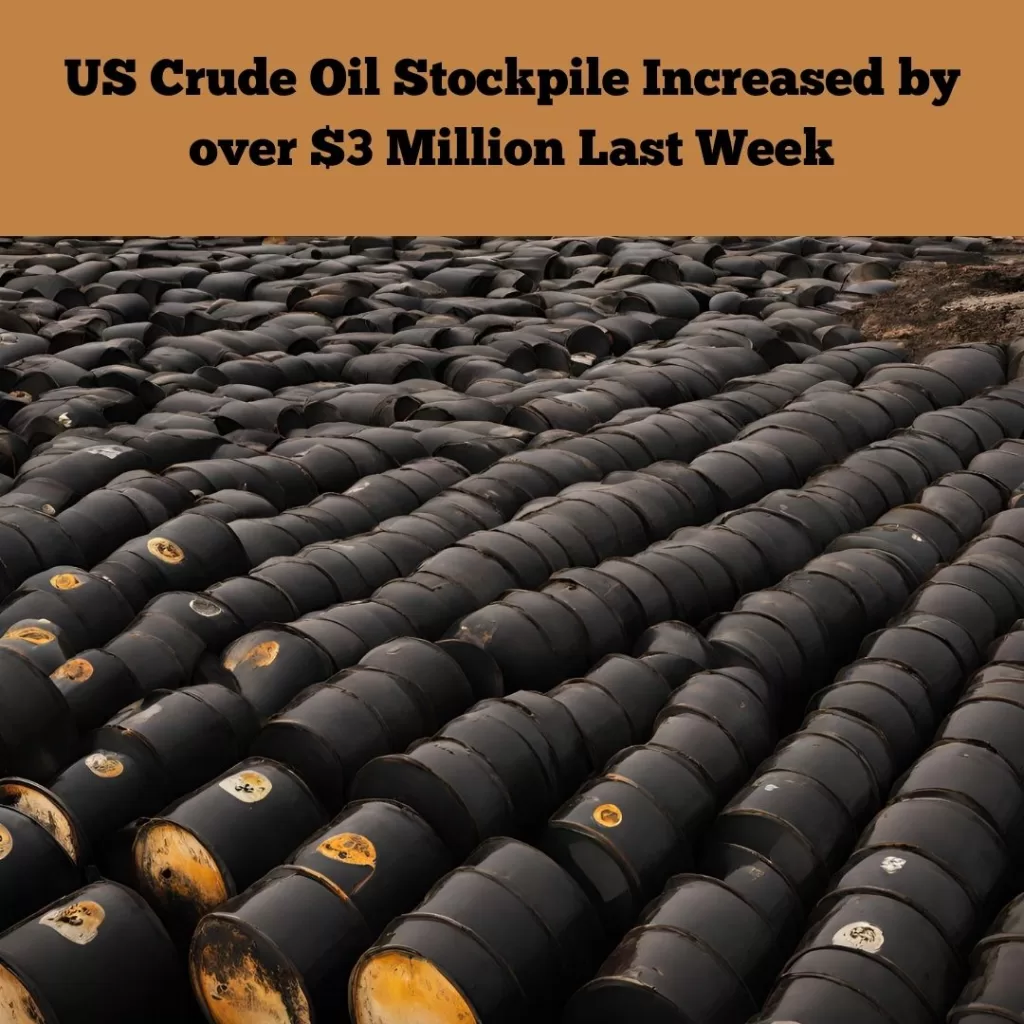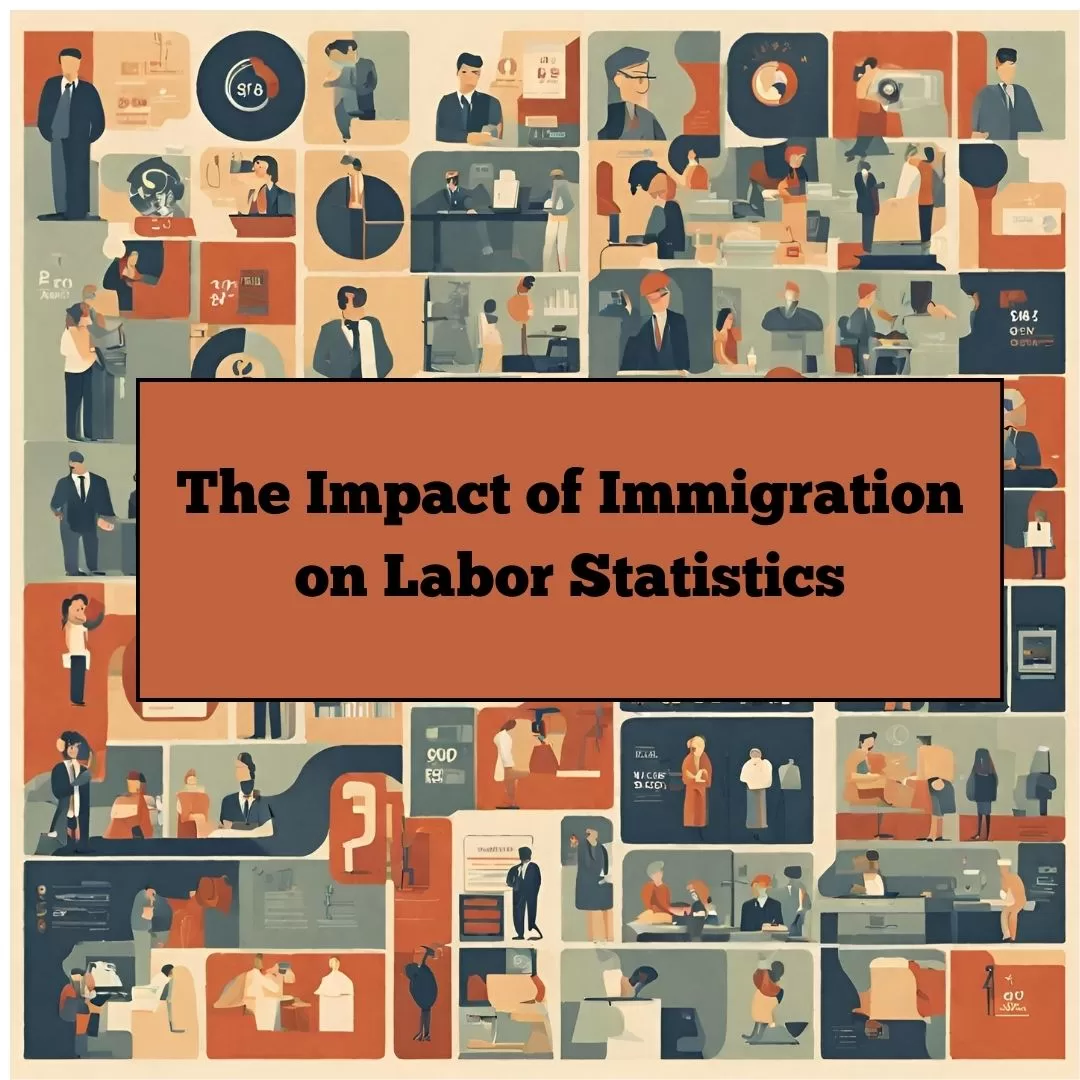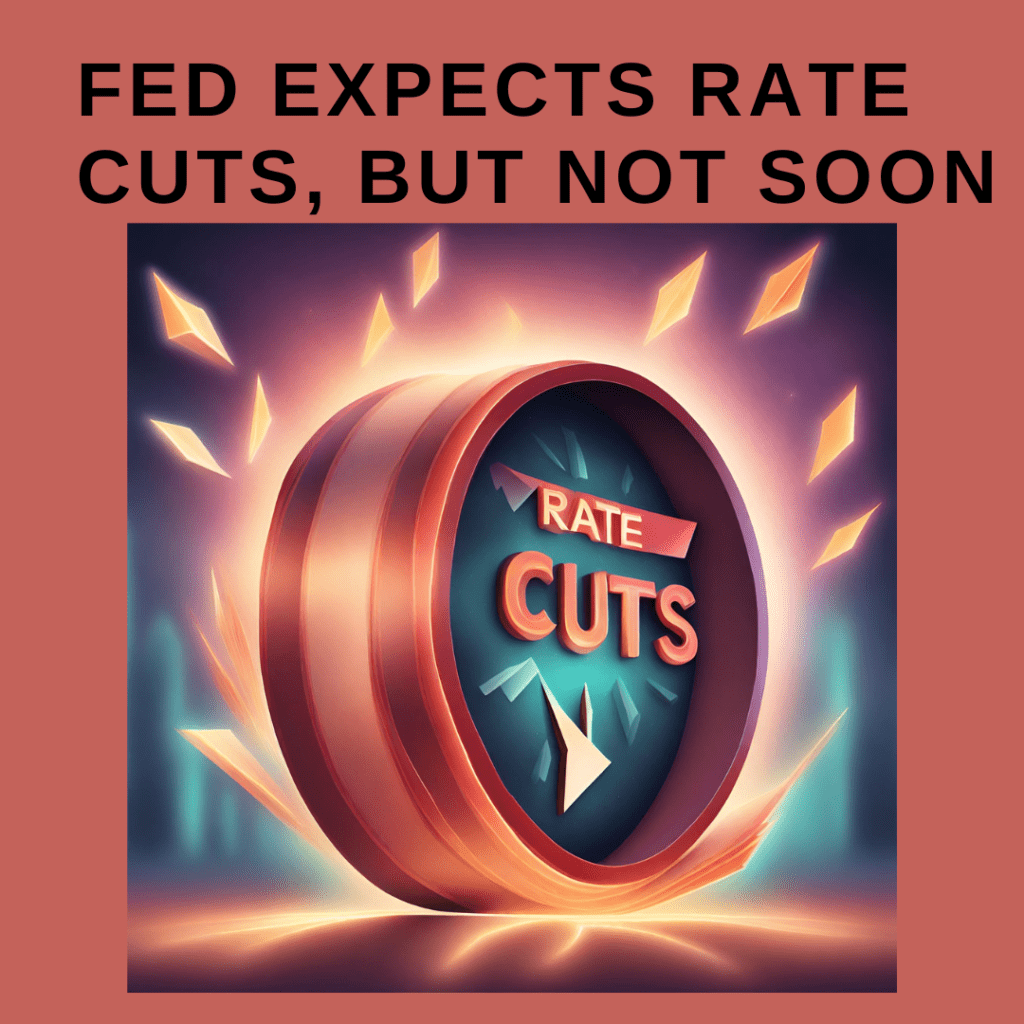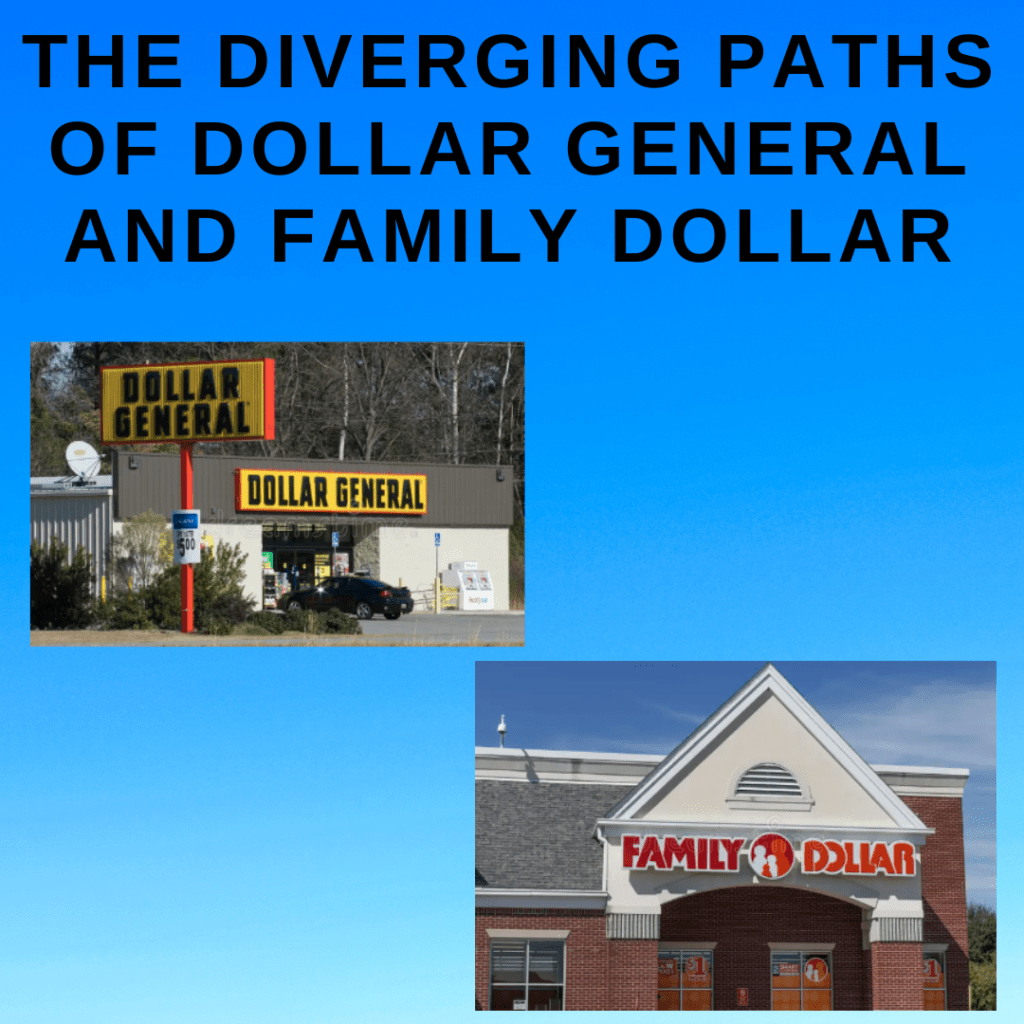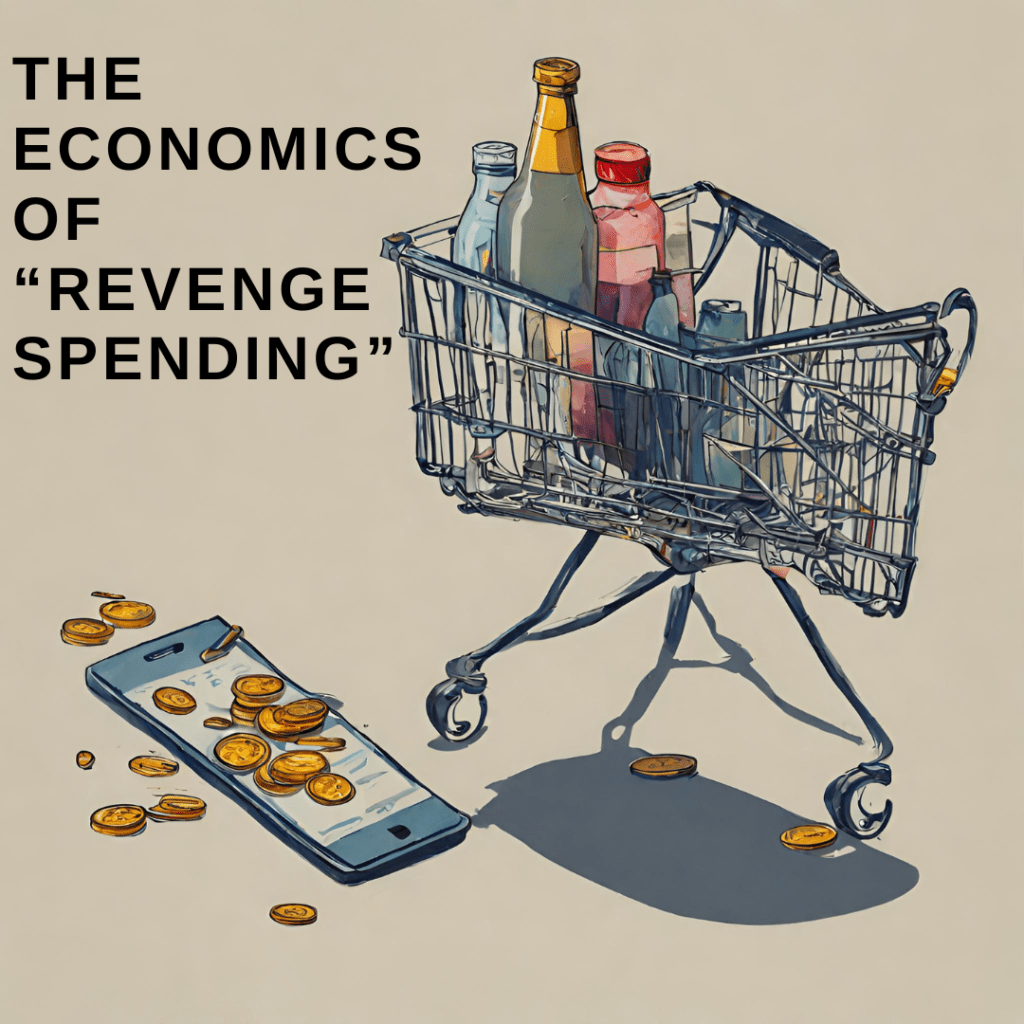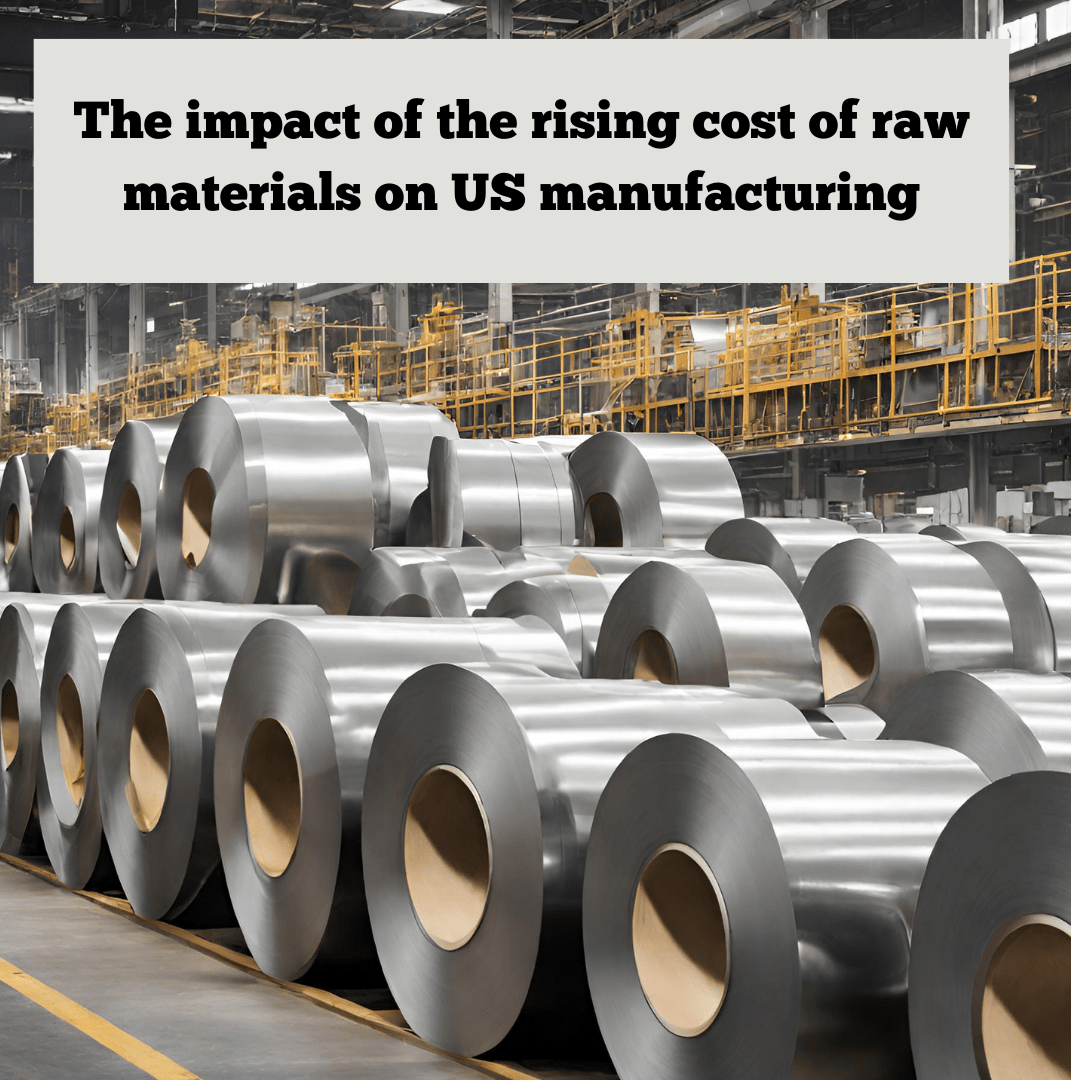In April 2024, a celestial spectacle unfolded across the United States—the Great American Eclipse. This rare astronomical event captured the imagination of millions . Beyond its awe-inspiring display in the sky, the eclipse also brought about a remarkable economic boom, leaving a lasting impact on communities along its path. The Economic Boom of ‘The 2024 Great American Eclipse’

Path of Totality: The path of totality served as the focal point for eclipse enthusiasts and tourists. Cities and towns within this path experienced an unprecedented influx of visitors, eager to witness the total solar eclipse. Accommodations such as hotels, campgrounds, and rental properties were in high demand, with many establishments fully booked months in advance. Local businesses along the path of totality thrived as tourists patronized restaurants, shops, and attractions, injecting vitality into the local economy.
Tourism Surge: The Great American Eclipse of 2024 sparked a tourism surge, drawing visitors from near and far to witness this rare event. Small communities that typically saw limited tourist activity found themselves bustling with excitement as eclipse chasers converged upon them. Local businesses capitalized on the opportunity by offering special eclipse-themed promotions and merchandise, driving revenue and supporting jobs in hospitality, retail, and related sectors. The Economic Boom of ‘The 2024 Great American Eclipse’
Economic Impact: The economic impact of the 2024 Great American Eclipse extended beyond the immediate surge in tourism spending. Infrastructure investments, such as road improvements and upgrades to public facilities, were undertaken to accommodate the influx of visitors. These enhancements not only enhanced the visitor experience during the eclipse but also left a legacy of improved infrastructure for local residents. Furthermore, the publicity generated by the event helped raise the profile of communities along the path of totality, potentially attracting future visitors and investment. The Economic Boom of ‘The 2024 Great American Eclipse’
Lessons Learned: The success of the 2024 Great American Eclipse underscores the economic potential of capitalizing on rare events and natural phenomena. By strategically promoting and accommodating such events, communities can stimulate spending, create jobs, and bolster local economies. Effective planning and coordination are crucial to ensure that communities can handle increased demand while preserving their natural and cultural resources. Moreover, fostering collaboration among local businesses, government agencies, and community organizations can maximize the economic impact of these events and foster sustainable growth.
Conclusion: The 2024 Great American Eclipse served as a reminder of the profound impact that celestial events can have on local economies. Beyond its astronomical significance, the eclipse generated a wave of economic activity, benefiting communities along its path of totality. As we reflect on this event, let us recognize the potential of rare phenomena to drive economic growth and create lasting benefits for residents and visitors alike. By embracing opportunities presented by nature, we can unlock new avenues for prosperity and community development in the years to come.
Learn more about accounts receivable factoring
Connect with Factoring Specialist, Chris Lehnes on LinkedIn


